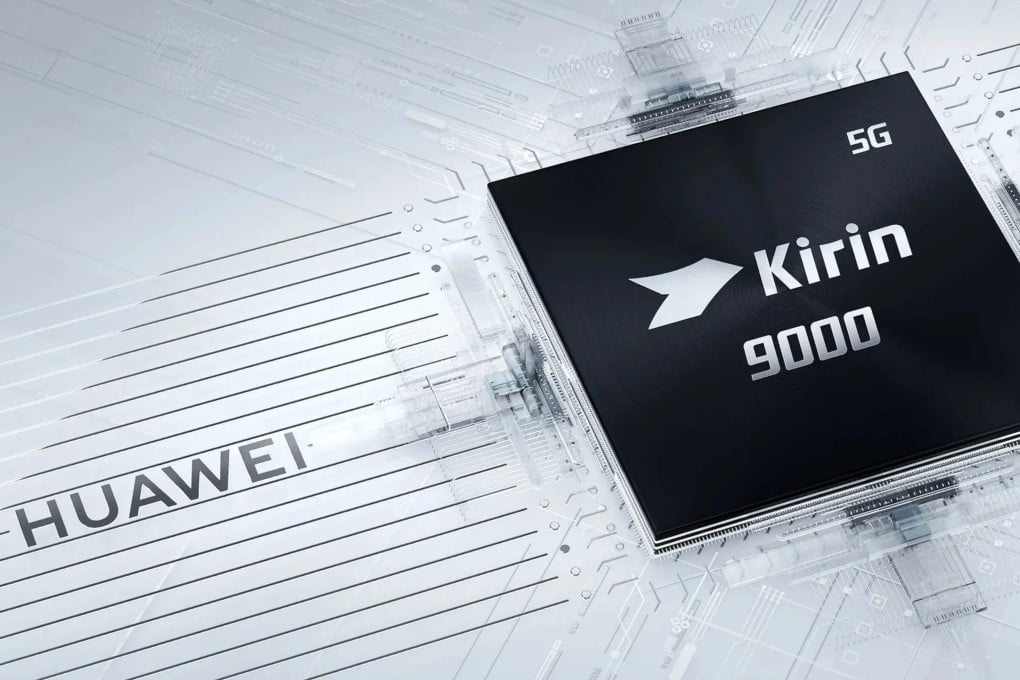Opinion | Huawei’s chip triumph is proof that US tech war on China is sheer folly
- The fact US-made equipment is still widely available in China despite export controls will only further undermine American allies’ appetite for a coordinated tech war
- The greater the ambition for decoupling, the wider and deeper the tech restrictions must be – but few countries are interested in shutting out China

Yet the chip at the heart of Huawei’s Mate60 Pro – the Kirin 9000s – is not a technological revelation.
Mainland Chinese foundries like Semiconductor Manufacturing International Corporation (SMIC) have access to the same technologies that Taiwan Semiconductor Manufacturing Company (TSMC) used initially to make 7-nm chips. And evidence emerged last year that SMIC was already producing sub-14-nm chips for commercial use. Still, SMIC’s achievement is impressive and sheds light on the Chinese industry’s capacity to thrive despite US controls.
Analyses of the new Kirin chip suggests that SMIC has achieved yield rates from its most advanced fabrication process that allow chip production at a scale and cost that can cater for Huawei’s new lines of consumer devices and at the same time for the Chinese economy’s other needs.

 - Copy (1).jpg?itok=6Jo-m5BH&v=1670287415)